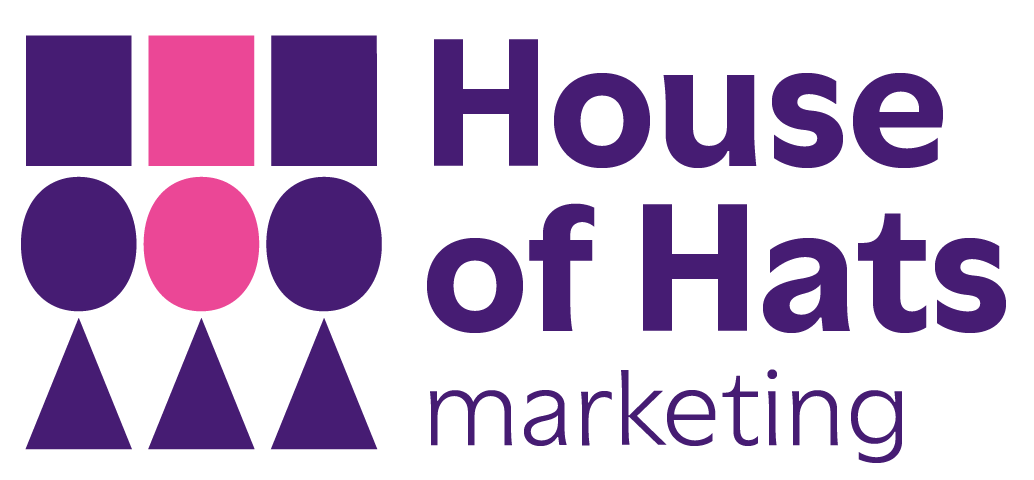When my daughters were in school (which frankly is longer ago than I’d like to admit!) parenting questions felt challenging – but at least they were familiar. We worried about friendship dynamics, report cards, screen time limits – the ‘normal’ things.
We made it through their school years just before smartphones became an extension of every hand, before algorithms shaped what they saw each day, and long before AI entered the classroom.
Whether they’re conscious of it or not, today’s parents are navigating school decisions with entirely new variables. And artificial intelligence—how it’s used, how it’s taught, how it’s framed—is quickly becoming one of them. Not because they expect schools to have all the answers, but because how a school engages with these questions says something bigger: Are they paying attention? Are they preparing my child for what’s next, with intention and care?
We’re seeing it clearly: AI isn’t just showing up in classrooms; it’s showing up in school tours, parent Q&As, and re-enrollment decisions. And these questions aren’t just tech questions – they’re culture questions.
AI is becoming part of the school choice conversation – and schools need to be ready to lead it.
The Conversation Is Happening—Even If You’re Not in It
Whether families mention it during a tour or not, AI is on their minds. Especially for parents making multi-year commitments, the idea that a school has (or hasn’t) thought about AI strategy signals something deeper: adaptability, relevance, trust.
A school that ignores AI altogether may seem out of step. One that rushes to adopt it without intention may feel unanchored.
But a school that frames AI within its broader values—creativity, ethics, humanity, discernment—offers clarity.
It Looks Different by Age—and by Philosophy
What resonates with a parent of a first grader isn’t what resonates with a parent of a tenth grader.
- In early years, families may be more focused on developmental health, screen time boundaries, and ensuring technology serves—not replaces—human relationships.
- In later years, the focus often shifts to readiness. College, careers, and the competencies students need to thrive in a world shaped by automation and AI-enhanced workflows.
The same goes for school type:
- Progressive environments might lean into AI as a tool for exploration or differentiation, but with guardrails grounded in student agency.
- Faith-based schools may approach AI through an ethical framework, helping students develop not just skills but wisdom.
- Globally oriented schools may position AI fluency as part of a broader toolkit for leadership and innovation.
There’s no one right answer. But there is a right way to communicate: with clarity, intentionality, and alignment to your mission.
Schools Have a Messaging Opportunity—Right Now
Most schools are still figuring out how to integrate AI. That’s OK.
What matters is being able to say:
- “We’re paying attention.”
- “We’ve begun thoughtful conversations with our faculty.”
- “Here’s how our approach ties into our broader values and educational goals.”
This is a moment for leadership, not perfect answers. When schools are transparent about where they are and where they’re headed, it builds trust.
Final Thought: AI isn’t the point. It’s the prompt.
It’s prompting families to look more closely at how schools think, adapt, and prepare students for a world that feels increasingly complex. It’s also prompting deeper conversations about values, priorities, and trust.
As someone who has already walked the path of school tours, admissions decisions, and graduation days, I feel immense empathy for the families navigating it now. The questions are harder. The stakes, in many ways, feel higher.
But schools that approach this conversation with clarity and purpose will not only earn parents’ trust—they’ll help families feel confident in the choice they’ve made.
The Hat Trick: 3 Key Takeaways
Families are Asking New, Deeper Questions
AI is prompting parents to look beyond curriculum and ask how a school prepares students for a world shaped by fast-changing technology and complexity.
Your Response to AI Reflects Broader Values
You don’t need to have all the answers, but showing that you’re thinking critically and communicating clearly can signal alignment, foresight, and trustworthiness.
One Message Truly Doesn’t Fit All
Different age groups—and different school types—bring different expectations. A thoughtful, age-appropriate approach to how you talk about AI builds relevance and confidence.
Ready to start shaping your school’s AI narrative?
Whether you need help framing your position, aligning your messaging by division, or equipping your team with talking points, House of Hats is here to guide the way.




